Scientists can help in planet's carbon cut
Updated: 2014-06-07 07:20
By James E.Hansen(China Daily)
|
||||||||
Human-made climate change and air pollution were both preventable. We scientists bear a special responsibility that they were not, as we had knowledge 25 years ago that should have allowed climate change and air pollution to be manageable problems, not tragedies. However, we failed to communicate the implications well enough with political leaders and we did not achieve effective action. The onus is on us to try harder now, because it is still possible to minimize the effects of climate change and it is possible to solve the air pollution problem.
If we continue to burn fossil fuels as we are, the carbon dioxide added to the air will have enormous effects. Sea levels will rise many meters, submerging hundreds of coastal cities, including Shanghai. Hundreds of millions of refugees will be driven from the coastal regions and island nations. Many of the world's species will be exterminated by shifting climate zones that amplify other human-made stresses. Summer heatwaves, droughts and fires will be more extreme. Rain, when and where it occurs, will be heavier and floods will be more devastating. Storms will be stronger.
Scientists informed political leaders decades ago that carbon-free energies must be phased in to replace fossil fuels. Carbon-free energies include hydropower, renewable energies such as solar and wind power, and nuclear power. However, they are not without their drawbacks. Hydropower is limited, renewable energies are intermittent and nuclear energy creates nuclear waste and comes with the risk of a possible accident.
Yet all these energies are needed, and all these technologies can be improved. This is important because we need cost effective alternatives, as US President Barack Obama's encouragement of hydrofracking is helping to lock in a dependence on gas for electricity and carbon-intensive crude oil for vehicles.
Of the carbon-free energy alternatives, nuclear power can be brought to large scale fastest with the smallest environmental impact.
Today's nuclear reactors, "slow" reactors that utilize less than 1 percent of the nuclear fuel, can be made passively safe, so they shut down in an emergency such as an earthquake and cool themselves without outside power. Nuclear reactors can also be made more resistant to weapons proliferation than today's reactors.
However, it is "fast" reactors, which utilize more than 99 percent of the nuclear fuel and can "burn" nuclear waste, which will be needed in the future as the easily available uranium is used up.
Uranium sieved from the ocean will be able to power all of the world's nuclear plants for billions of years, once fast reactors are operational. Thus we will be able to stop mining uranium on land in the future. At night, when electricity demand is low, future nuclear plants can also be used to make hydrogen and other liquid fuels. These fuels can be used for future vehicles, supplementing electric vehicles.
The United States, as the leader in nuclear R&D, had an opportunity not only to help find a carbon-free path for itself, but also to aid countries such as China and India. Indeed, such aid was an obligation. The US had used its share of the "carbon budget" and was beginning to eat into China's.
Nuclear scientists were ready to build a demonstration fast nuclear power plant in 1992. They were shocked when former US president Bill Clinton declared in his first State-of the Union message: "We are eliminating programs that are no longer needed, such as nuclear power research and development." Clinton was caving in to a quasi-religious anti-nuke minority in the Democratic Party, whose fantastical "belief" was that diffuse renewable energies could satisfy all energy needs. The enormity of that policy decision is difficult to exaggerate.
But we should not blame Clinton, we scientists should have made clearer that there is a limited amount of fossil fuels that can be burned without assuring disastrous future consequences. We should have made clear that diffuse renewables cannot satisfy the energy needs of China and India, the world's most populous countries. We failed to make that clear enough.
Perhaps our leaders, and certainly the public, did not really understand the implications of decisions made more than two decades ago. But that excuse can no longer be used.
And it is inappropriate and an insult to tell China to work harder on renewables and energy efficiency. China is already doing more in these regards than we are in the West. For example, where possible, codes for new buildings in China require the use of geothermal heat and other renewables, and efficiency standards are ratcheted up when improved technologies appear.
What the United States should do is cooperate with China and assist in its nuclear development. The Westinghouse AP-1000 is a fine nuclear power plant, incorporating several important safety improvements over existing plants in the US, which already have an excellent safety record. (There has been only one serious accident among 100 reactors, at Three Mile Island in Pennsylvania, and it did not kill anyone.) Further advances in nuclear plants beyond the AP-1000 are likely and the large demand in China allows rapid progress and building at a scale that can drive down unit cost.
The benefits of cooperation in the development of more cost-effective nuclear power plants would eventually circle back to the industry and utility sectors in the US as cost effective power plants are perfected.
Such progress is crucial for the fate of our planet and its life, including our descendants.
Scientists have the responsibility to make people, especially politicians, understand simple concepts about the planet's carbon budget and the need for nuclear power.
The author is the former director of the NASA Goddard Institute for Space Studies and now Adjunct Professor at the Columbia University Earth Institute.
(China Daily 06/07/2014 page5)
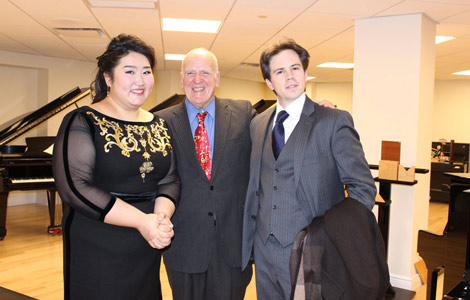
 Music at her fingers
Music at her fingers
 Across America Over the Week (Jan 16 - Jan 22)
Across America Over the Week (Jan 16 - Jan 22)
 Spend Chinese New Year in style
Spend Chinese New Year in style
 Ili river valley becomes a popular destination for swans
Ili river valley becomes a popular destination for swans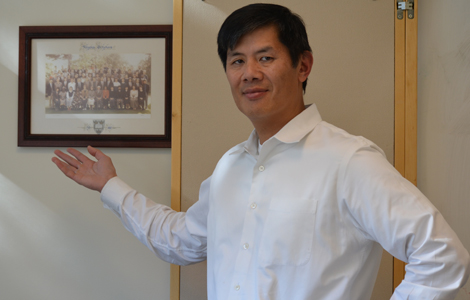
 Philip Ma: from scientist to businessman
Philip Ma: from scientist to businessman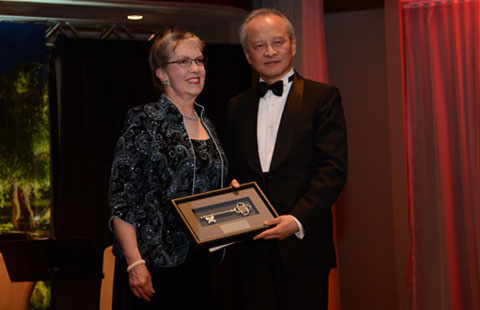
 Birmingham's Spotlight on China dinner
Birmingham's Spotlight on China dinner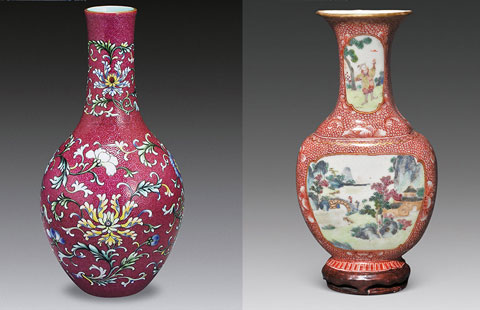
 How to distinguish doucai, wucai, Famille-rose and enamel porcelain
How to distinguish doucai, wucai, Famille-rose and enamel porcelain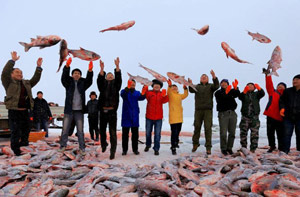
 Xinjiang lake in bumper fishing season
Xinjiang lake in bumper fishing season
Most Viewed
Editor's Picks

|

|

|

|

|
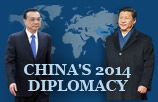
|
Today's Top News
Houston's SW Chinatown
China to focus on reforms, opening of capital market
Slowdown brings new risks to banks
Trade group calls for BIT
Market status for China is 'political' issue
Birmingham's Spotlight on China dinner
Bank takes renminbi-clearing seriously
Traditional Garb
US Weekly

|

|








